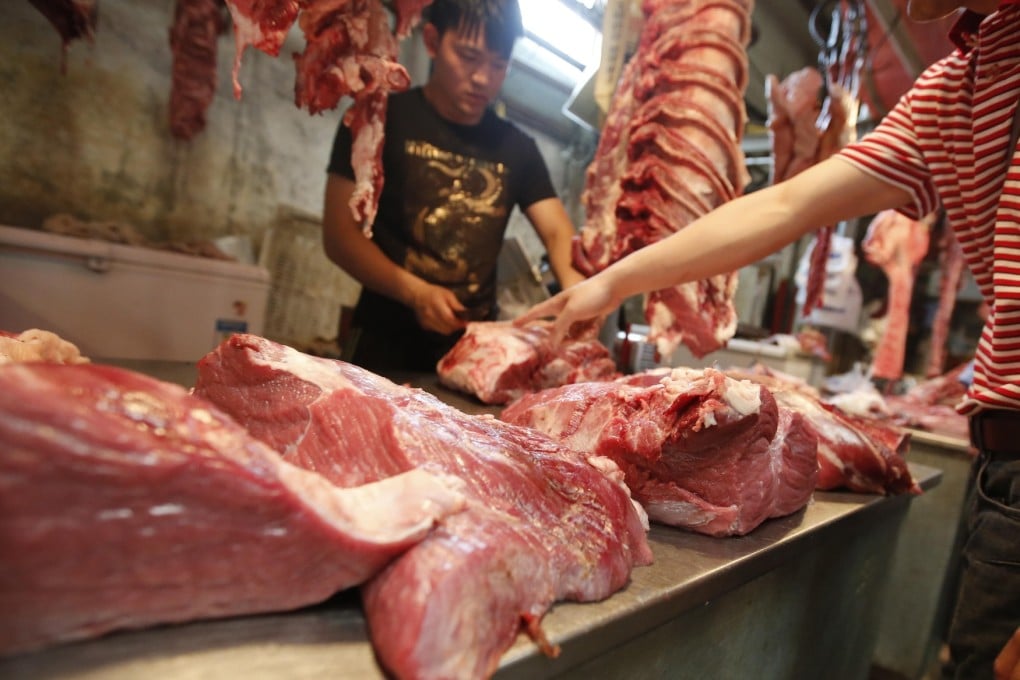
With more money in their pockets, millions of Chinese are seeking a richer diet and switching to beef, driving imports to record levels and sending local meat firms abroad to scout for potential acquisition targets among beef farmers and processors.
The need to feed the world’s most populous nation has seen Chinese firms gobble up foreign dairy, sugar and cereal producers, and Shuanghui International’s US$4.7 billion bid last week for top US pork producer Smithfield Foods is just the country’s latest food ‘land grab’.
Beef could be next on the menu as Chinese opt for the protein-rich meat, which is seen as a higher quality product than pork, the nation’s staple. While pork and poultry remain China’s meats of choice, beef consumption is growing rapidly as hot-pot restaurants, Korean barbecue joints and burger bars set up across the country.
Chinese consumers are also more wary about cheaper local meat products after a series of recent food safety scandals - from bird flu to rotting pig carcasses in Chinese rivers. This has tightened beef supplies and pushed up local prices by almost a third last year. Prices in February hit a record US$8.31 per kg.
All of which is making imports more affordable - good news for major beef producers such as Australia and New Zealand - and encouraging Chinese firms to look overseas to secure future supplies.
“There are many companies closely following this market and looking for the right time to come in. One of the major reasons is food safety,” said a consultant who advises Chinese agribusinesses.